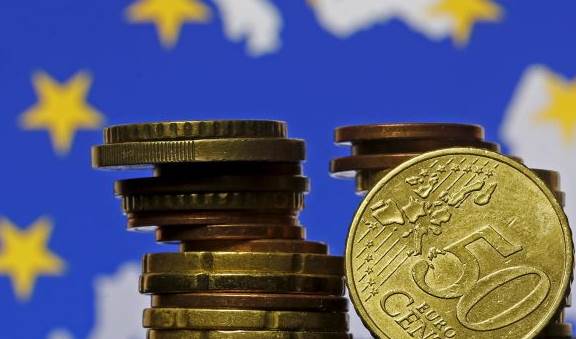Lithuania, with 8.2 percent, has the highest rate, while the lowest rate, 1.4 percent, was recorded in Malta.
The largest contribution to this annual pattern came from energy, services, non-energy industrial goods, as well as food, alcohol and tobacco.
Eurostat agreed with the forecast of analysts surveyed by the DailyFx portal.
The last time countries sharing the euro recorded similar consumer price growth was in 2008. In October 2020, members of the Eurozone recorded deflation of 0.3 percent.
Deflation, or negative inflation, is a generalized and prolonged decline, at least two semesters, in the prices of goods and services, caused by weak demand and excess production capacity.
ef/lcr/jcm/rfc










